The CDC has reported several cases of what many are calling the “zombie deer disease” in the US, Canada, Scandinavia, and South Korea, and scientists can’t agree as to whether or not it could potentially spread to humans.
Therefore, there are researchers around the world carefully studying the “zombie” disease or chronic wasting disease to find out just how worried they need to be about a possible outbreak.
What Is the Zombie Deer Disease?
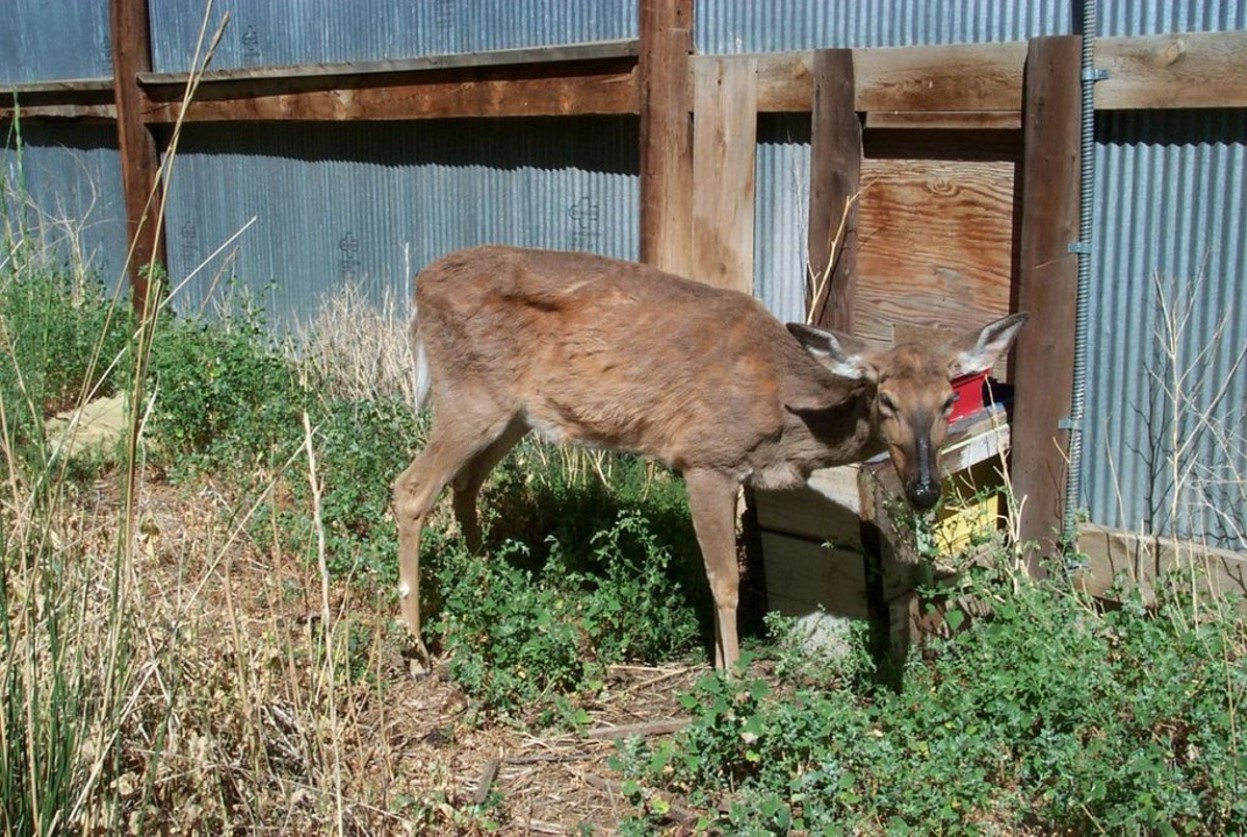
“Zombie” disease is just a nickname. The scientific name for this condition is “chronic wasting disease” or CWD. CWD is an infectious disease that causes neurodegeneration in hoofed mammals, including reindeer, moose, elk, and deer.
People started calling CWD the zombie disease because the condition essentially kills brain cells, which leads to strange-looking symptoms like drooling, stumbling, and uncoordinated movements. Almost like the animal has actually become a zombie.
CWD Can Be Spread from Animal to Animal in Several Ways
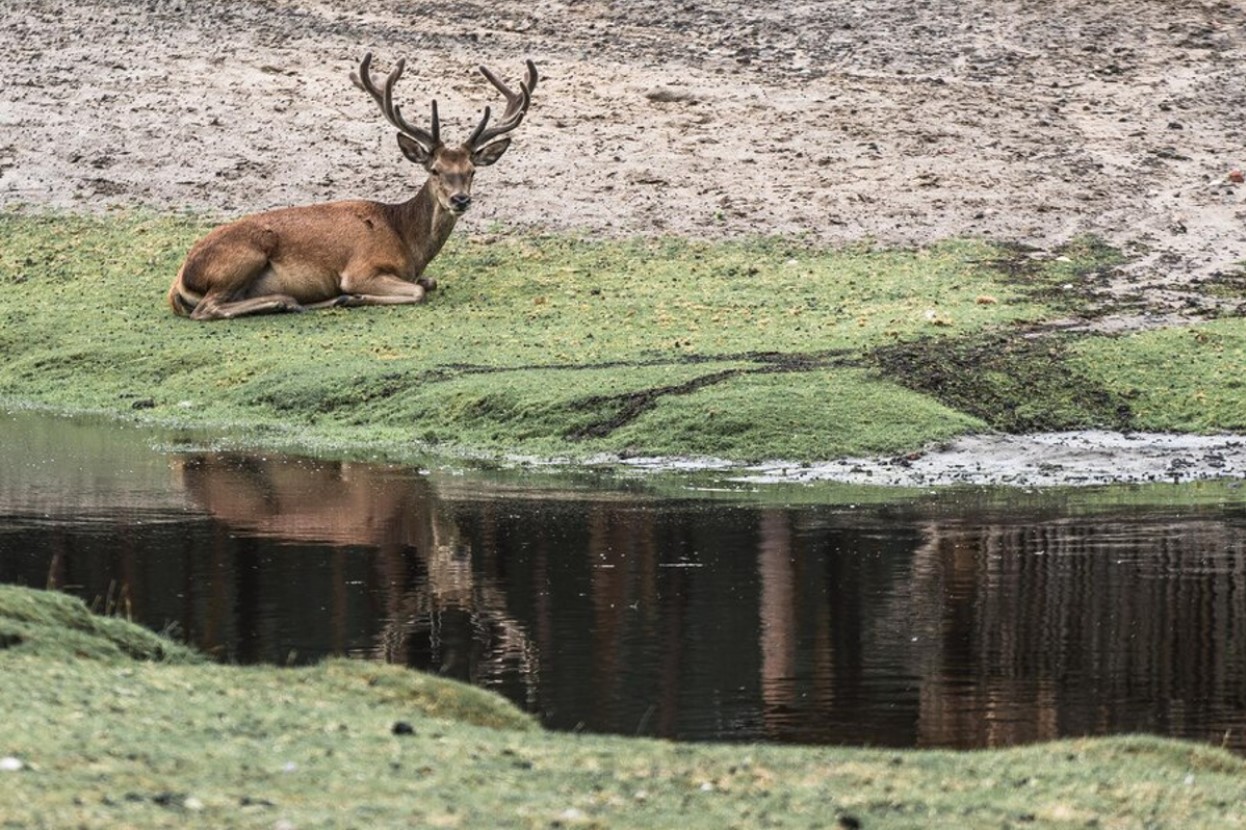
What’s interesting but also concerning about CWD is that symptoms can take several months or even years to appear, so there may be far more cases than currently meets the eye.
Scientists have deduced that once the disease reaches the infectious stage, it can be spread from animal to animal via direct contact with bodily fluids, as well as indirect contact through water, food, or soil.
Confirmed Cases of the Zombie Deer Disease in North America
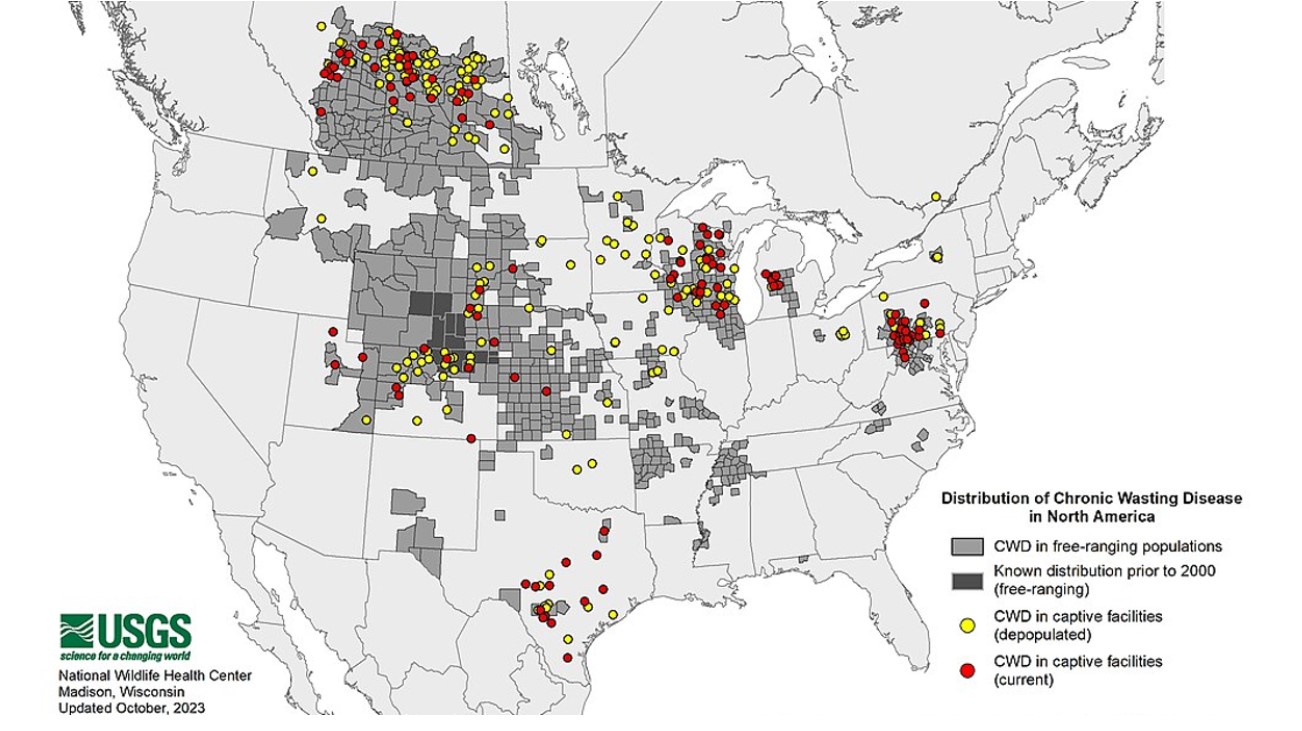
Because symptoms can be delayed and indirect contact contamination is absolutely possible, scientists are extremely worried about just how fast this disease is spreading.
A map released by the National Wildlife Health Center in Wisconsin shows that there have been confirmed cases in at least 27 states and two provinces in Canada. Though, those Canadian provinces, as well as states such as Montana, Wyoming, Colorado, and Wisconsin, certainly have the most cases.
Can Humans Contract CWD Directly from an Infected Animal?

While not many people touch deer, reindeer, elk, or moose on a regular basis, it does happen. So, the first question scientists needed to answer was whether or not humans could contract the infection from direct contact.
According to the CDC, there is no current evidence to support the idea that CDW could be transferred from an infected animal to a human through physical touch or breathable air.
Should People Stop Eating Deer Meat?

Deer, elk, and reindeer meat are far less common than beef and chicken, but in certain parts of the country, it’s still a popular option.
Again, the CDC reports that they have no concrete information that proves humans can get the zombie deer disease from eating the meat of an affected animal. However, the CDC says it doesn’t yet know for sure, and, “If CWD could spread to people, it would most likely be through eating of infected deer and elk.”
Hunters Should Be Testing Any Deer or Elk Found in Contaminated Areas
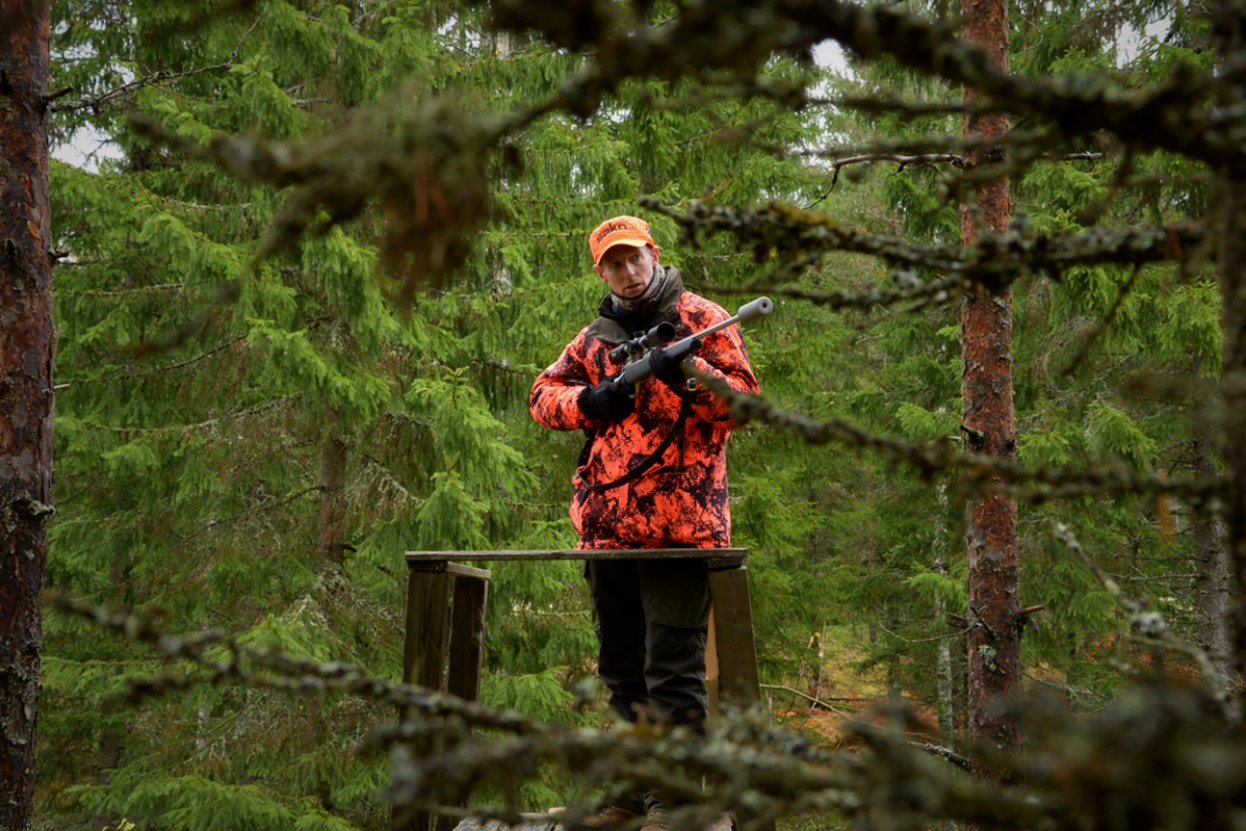
Although the CDC hasn’t outlawed eating deer or elk meat altogether, the organization has warned hunters throughout the contaminated states and provinces of Canada to be especially careful at this time.
The CDC says to refrain from shooting any deer or elk that “look sick or are acting strangely,” as well as to test any deer or elk for CWD before consuming any of their meat.
Scientists Still Don’t Know the Answer to Any of These Questions

It’s crucial to understand that while the CDC has released several statements explaining CWD, that information is not complete. The truth is that no one, including the CDC, is 100% certain that this disease cannot and will not be transferred to humans.
Jennifer Mullinax, associate professor of wildlife ecology and management at the University of Maryland, explained, “The current body of research is a mixed bag, meaning we don’t know yet.”
Do They Know Anything for Sure?
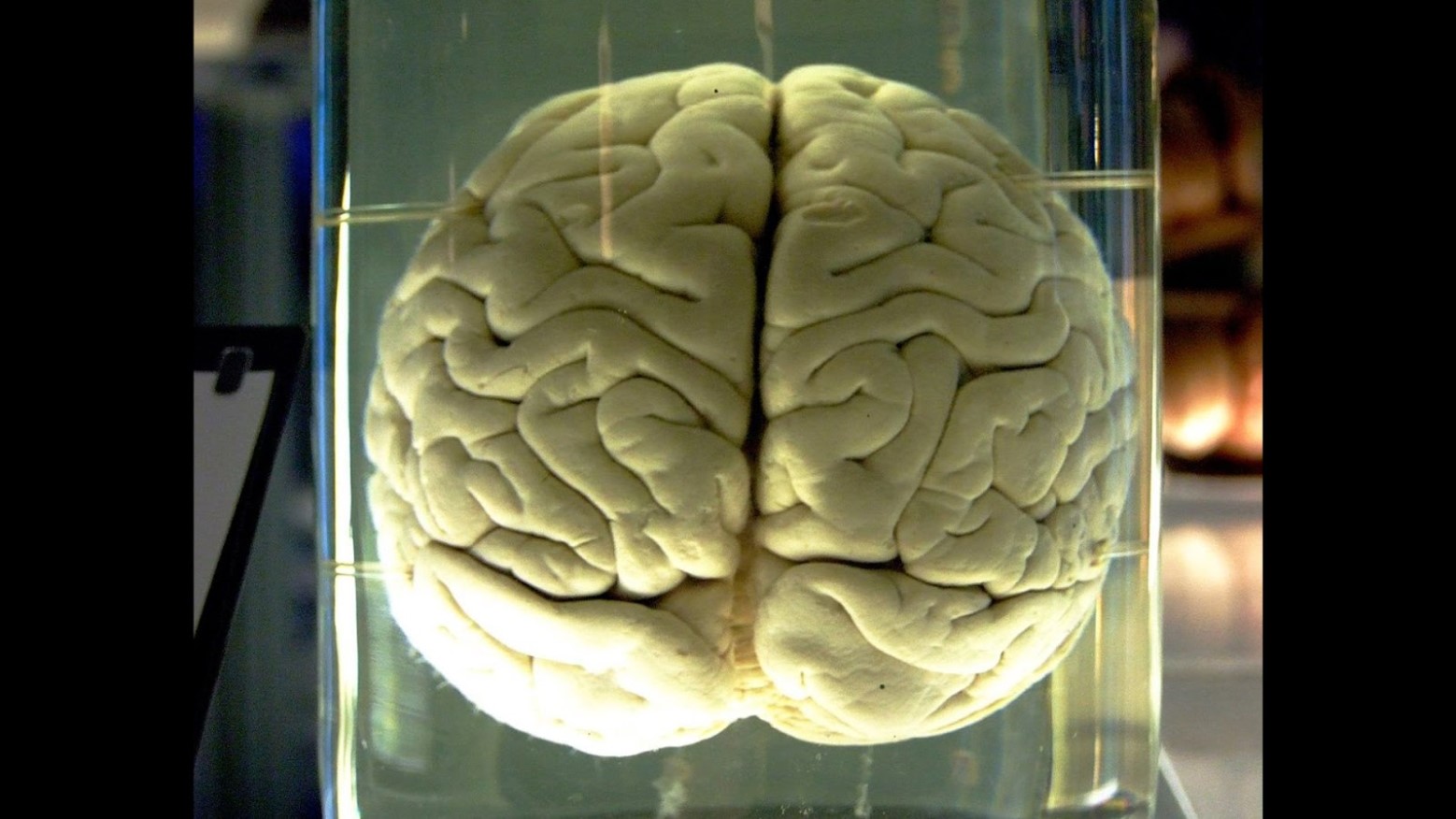
The reason why the CDC and other health organizations are so hesitant to verify that CWD cannot be transferred to humans is that another similar disease has been contracted before: Mad cow disease.
Mad cow disease, like CWD, occurs when proteins, known as prions, malfunction. And as the world now knows, mad cow disease, or bovine spongiform encephalopathy, as scientists call it, absolutely did infect humans through contaminated meat.
A Recent Test Showed Humans Could Be Carriers if Nothing Else
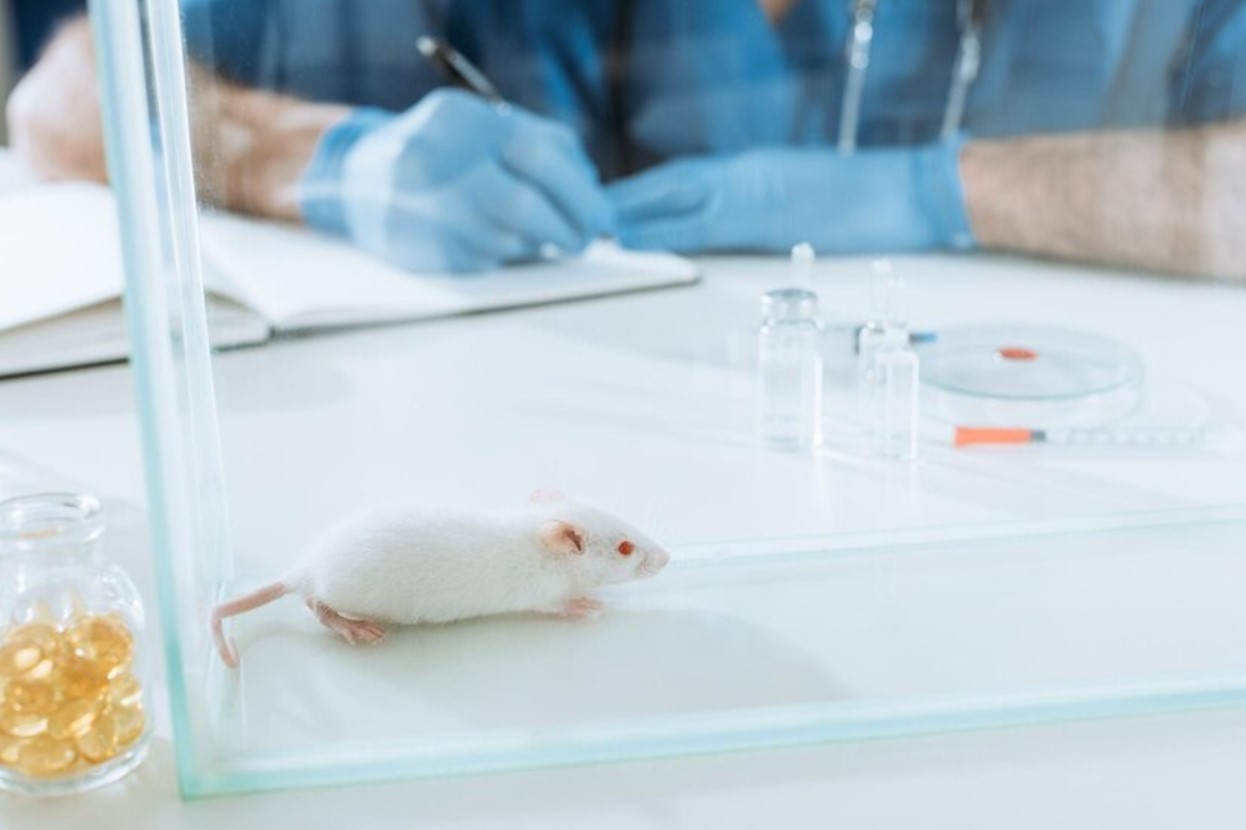
When mad cow disease infected humans, it essentially “caused a new form of human prion disease called variant Creutzfeldt-Jakob disease,” explained Sabine Gilch, a researcher at Canada’s University of Calgary.
Gilch and her team at the University of Calgary decided to test CWD on mice that they had genetically altered to function as human bodies and watched what happened. What they noticed was that the disease could move through the mice but didn’t infect them. Gilch explained this means that, “CWD in humans might be contagious and transmit from person to person.”
Diseases Are Constantly Mutating
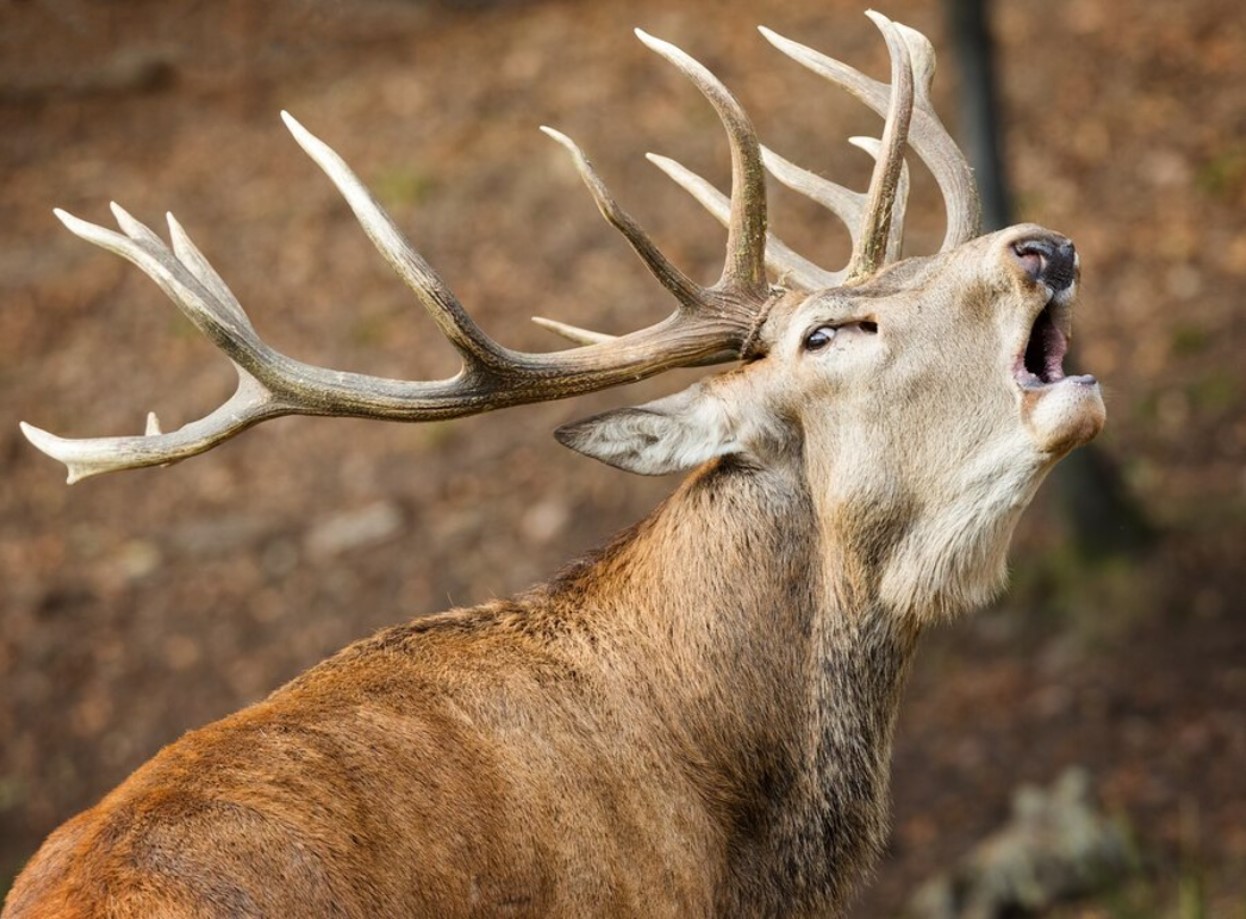
Epidemiologists and pathologists around the country and the world are quite worried about CWD and its possible effects on humans, but not just because of the rat testing and the mad cow outbreak.
The truth that every scientist who understands diseases knows is that they change and mutate on a regular basis. So, whatever this disease looks like now, it could look very different in just a few weeks, months, or years.
For Now, Be Wary of Deer and Elk
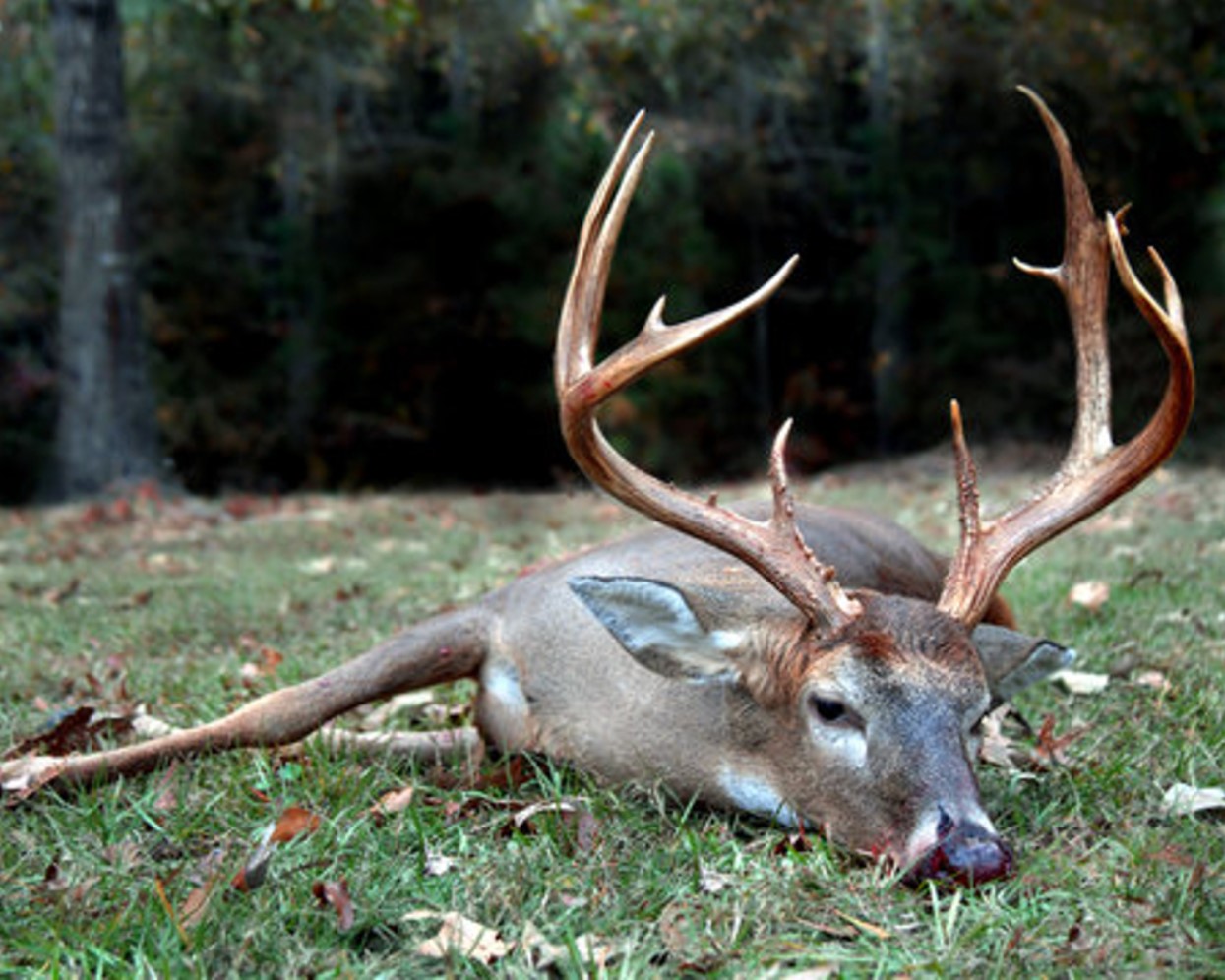
Of course, there’s no need to panic. The current likelihood of becoming infected by a zombie deer is as close to zero as one can get, as no human has ever caught it before.
But that being said, hunters should certainly be cautious of any strange behavior, and for everyone else, just don’t handle a dead deer on the side of the road without a professional.








































